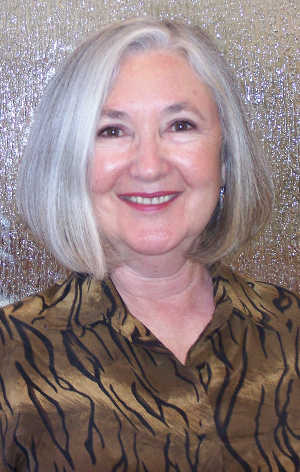- Christopher Veach
- Posted On
County librarian encourages residents to make a resolution to read more in the new year

Make your New Year’s Resolution this year easy and fun by making a resolution to read more in 2018.
Besides enjoyment there are a host of other benefits that make a resolution to read something that can really have a positive impact on your life.
If your resolution is to get healthy in 2018 reading can assist with that. Not only can you read books about health such as “The Whole30” by Melissa Hartwig, but the act of reading itself has many health benefits.
Stress has a negative impact on your health. Research done at the University of Sussex found that reading was one of the most relaxing ways to combat stress. Just a few minutes of reading was enough to slow heart rate and ease muscle tension.
It also only takes a few minutes a day of reading to provide serious brain stimulation. Researchers have found that the things you read about can stimulate your brain in the same ways as if you live those experiences.
Research conducted with a grant from the Medical Research Council used neuroimaging to figure out that reading words like “cinnamon” caused activity in the same regions of your brain that process smell.
A different experiment found that reading action sentences related to movement activated the sensory-motor system in the brain.
Reading an action thriller might get your motor neurons pumping just like you were the main character in Dan Brown’s “Origin” and on the run from a homicidal secret society.
The stimulating effects of reading on the brain also helps build something called “cognitive reserve” that may help prevent a slowdown in our thinking as we age.
The Yale School of Public Health studied data about the reading habits of people over 50 and found that people who read books lived longer than those who didn’t.
The researchers speculate that reading helps forge new pathways between all the different regions of the brain. These extra pathways may help promote overall brain health and slow any age or disease related decline.
Getting lost in a story is good for more than just brain stimulation. It helps build literacy skills which in turn help you get more enjoyment out of life. Literacy is more than just the ability to read and write.
A high level of literacy allows people to communicate effectively and to understand complex ideas. People with a higher level of literacy tend to be more creative and have a positive outlook on life in general. The easiest way to increase your personal literacy skills is to make a habit of reading.
Building literacy skills is a lifelong endeavor and the best way to build a strong reading habit is to start when you are young.
Parents who read to children, even when they seem too young to understand the words, build a strong parental bond with their child and help them develop a love of reading. Clever picture books like “I Want My Hat Back” by Jon Klassen make reading fun for both children and adults.
The Lake County Library can help with your resolution to read.
The library has titles in multiple formats including eBooks, audiobooks, and large print so you can read however you prefer.
Visit the library’s Web site at http://library.lakecountyca.gov to request any of the books mentioned in this article and also check out information about getting a library card, library services, and library events.
Christopher Veach is the librarian for Lake County, Calif.




 How to resolve AdBlock issue?
How to resolve AdBlock issue? 





